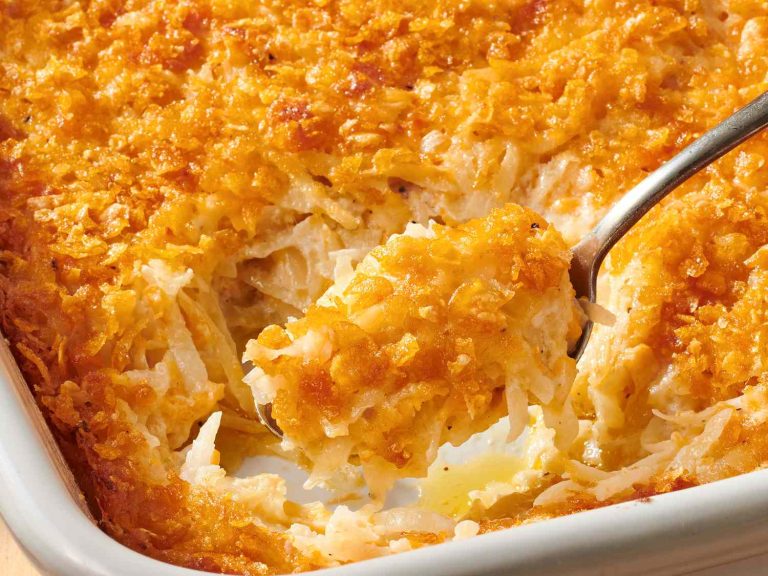Japanese Shrimp Sauce: Authentic Uses, Buying Tips, and Storage Advice
Japanese shrimp sauce, often called yum yum sauce or white sauce, traces its origins back to Japanese hibachi grills. While it’s popular in Japanese-American cuisine, it’s not a staple in traditional Japanese cooking. The condiment gained popularity in the US for its ability to complement grilled meats, seafood, and vegetables, enhancing the overall dining experience. It’s now a favorite in sushi restaurants and hibachi grills worldwide due to its unique flavor.
Key Ingredients and Flavor Profile
The key ingredients in Japanese shrimp sauce include mayonnaise, ketchup, rice vinegar, garlic powder, onion powder, and paprika. Some variations might include sugar, butter, or mirin (a type of rice wine). These ingredients blend to create a creamy, slightly tangy, and mildly sweet flavor profile. The sauce’s umami richness pairs well with grilled items and adds a delightful contrast to savory dishes. For example, it enhances the taste of shrimp, chicken, and vegetables in hibachi meals. The versatility of the ingredients allows for simple customization according to personal taste preferences, making it a must-have condiment in many kitchens.
How Japanese Shrimp Sauce is Made
Traditional vs. Modern Production Techniques
Traditional methods for making Japanese shrimp sauce rely on manual preparation techniques. Cooks typically blend mayonnaise, ketchup, rice vinegar, garlic powder, paprika, and sugar, achieving a consistent texture through meticulous stirring. This hands-on process allows for precise customization based on taste preferences.
Modern production techniques incorporate automated machinery. Manufacturers scale the process by using industrial mixers, ensuring uniformity in taste and texture. Automated processes also reduce production time while maintaining ingredient integrity, making the sauce widely accessible.
Both approaches deliver the creamy, tangy flavor beloved by many, but modern techniques enable mass production without sacrificing the sauce’s homemade quality.
Culinary Uses of Japanese Shrimp Sauce
Popular Dishes Featuring the Sauce
Japanese shrimp sauce enhances many popular dishes. In hibachi restaurants, it elevates grilled meats and vegetables like shrimp, steak, and zucchini. This sauce is a staple with fried rice, adding a creamy tang that balances the dish’s savory flavors. At sushi bars, Japanese shrimp sauce can be a delightful dip for tempura and sushi rolls, infusing each bite with its rich taste. Serving it as a topping for teriyaki bowls or bento boxes also brings a unique dimension to these meals.
Creative Cooking Ideas with Shrimp Sauce
Incorporate Japanese shrimp sauce into your everyday cooking with these creative ideas. Use it as a marinade for chicken or shrimp skewers—it adds a flavorful layer that caramelizes wonderfully when grilled. Mix the sauce into coleslaw to give the classic side dish an umami boost. It can also serve as a unique salad dressing by thinning it with a bit of rice vinegar. For a twist on classic appetizers, try drizzling shrimp sauce over deviled eggs or using it as a dip for vegetable sticks. Additionally, a dollop of shrimp sauce can enhance the flavors of ramen or soba noodle bowls.
Health Benefits and Nutritional Information
Japanese shrimp sauce boasts a unique flavor profile and also offers various nutritional benefits. While primarily made from mayonnaise, rice vinegar, ketchup, and spices, each ingredient contributes to its nutritional value.
Nutritional Breakdown
| Nutrient | Amount per Serving (1 tbsp) |
|---|---|
| Calories | 50 |
| Total Fat | 4.5g |
| Saturated Fat | 0.7g |
| Cholesterol | 5mg |
| Sodium | 120mg |
| Carbohydrates | 2g |
| Sugars | 1g |
| Protein | 0.3g |
Health Benefits
Rich in Healthy Fats: Mayonnaise, one of the primary ingredients, contains healthy fats. These fats assist in maintaining good cholesterol levels and support brain function.
Source of Essential Vitamins: The spices and ingredients often contain small amounts of essential vitamins like Vitamin E and K. Vitamin E acts as an antioxidant, while Vitamin K supports blood health.
Low in Carbohydrates: With only 2g of carbs per tablespoon, this sauce fits well in low-carb diets. It can be a flavorful addition without significantly impacting your carb intake.
Moderate Sodium Content: Although it contains 120mg of sodium per serving, it remains moderate compared to many other condiments. This makes it a suitable option for those monitoring their sodium intake.
Minimal Protein: While not a significant source of protein, Japanese shrimp sauce provides about 0.3g per serving. Pair it with protein-rich dishes like grilled meats or tofu to boost your overall intake.
Usage Recommendations
Portion Control: Due to its caloric and fatty nature, use Japanese shrimp sauce sparingly if you’re watching your caloric intake. A tablespoon per meal adds flavor without overloading on calories.
Pairing with Balanced Meals: Combine this sauce with balanced meals, including vegetables, protein, and whole grains. This ensures you’re getting a comprehensive nutritional profile.
This section enhances your understanding of the nutritional aspects of Japanese shrimp sauce, allowing informed decisions on how to incorporate it effectively into your diet.
Purchasing and Storing Japanese Shrimp Sauce
Where to Buy Authentic Shrimp Sauce
You can find authentic Japanese shrimp sauce in various places. Look for it in Asian supermarkets, where it’s typically stocked in the condiment aisle. Major grocery chains usually carry it as well, often under “International Foods.” Online retailers, like Amazon, offer the convenience of home delivery with a wide selection of brands. Check for authenticity by verifying the product’s origin and reviewing customer feedback. Always examine ingredients for quality assurance.
Tips for Storage and Shelf Life
Proper storage maximizes the shelf life of Japanese shrimp sauce. Store unopened bottles in a cool, dry place away from direct sunlight. Once opened, refrigerate the container, ensuring the lid is securely tightened after each use. The sauce typically lasts 6-12 months in the refrigerator, but always check the expiration date on the packaging. For best quality, observe color or consistency changes and discard if off smells develop.
Conclusion
Japanese shrimp sauce offers a versatile and flavorful addition to your culinary repertoire. Whether you’re enhancing grilled meats, fried rice, or sushi rolls, this creamy and tangy condiment can elevate your dishes to new heights. By purchasing from reputable sources and storing it properly, you ensure both quality and freshness. Embrace the delicious possibilities that Japanese shrimp sauce brings to your kitchen and enjoy experimenting with its unique taste in your favorite meals.






